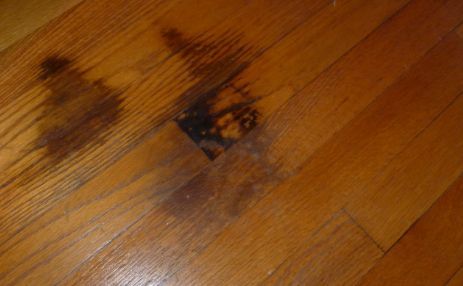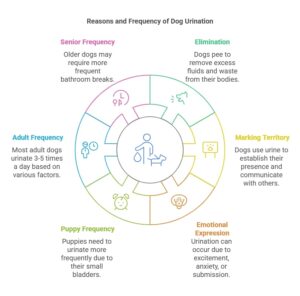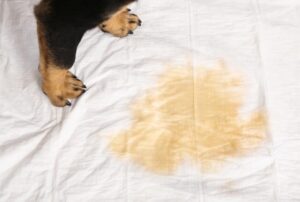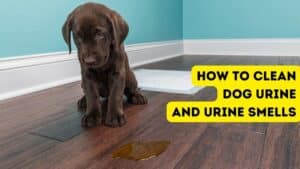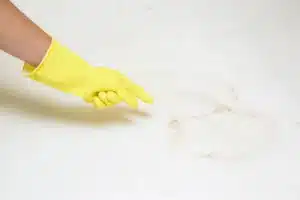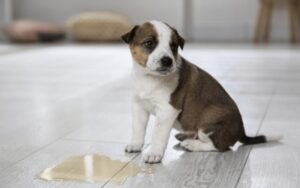If you’re a cat owner, you know that our feline friends can be both a joy and a challenge. One of the less glamorous aspects of cat ownership is dealing with accidents, especially when they happen on your beautiful wooden furniture or floors. Cat urine can be stubborn, smelly, and damaging if not cleaned properly. But don’t worry—we’ve got you covered! In this guide, we’ll walk you through how to clean cat pee from wood effectively, while keeping your furniture (and your sanity) intact.
Table of Contents
ToggleWhy Is Cat Pee So Hard to Clean from Wood?
Before we dive into the cleaning process, let’s talk about why cat urine is such a tricky problem. Cat pee contains uric acid, which can seep into porous surfaces like wood and leave behind a strong, lingering odor. If not cleaned thoroughly, the smell can attract your cat back to the same spot, leading to repeat accidents. Plus, the acidity can damage the finish of your wood over time.
The key to success is acting quickly, using the right products, and being patient. Let’s get started!
Step-by-Step Guide to Cleaning Cat Pee from Wood
1. Act Fast!
The sooner you address the accident, the better. Fresh urine is easier to clean than dried urine, which has already started to seep into the wood. Grab some paper towels or a clean cloth and blot up as much of the liquid as possible. Avoid rubbing, as this can spread the urine and push it deeper into the wood.
2. Rinse with Water
Once you’ve blotted up the excess, dampen a clean cloth with water and gently wipe the area. This helps dilute the urine and remove any surface residue. Be careful not to oversaturate the wood, as too much water can cause warping or damage.
3. Use a Wood-Safe Cleaner
After rinsing, it’s time to neutralize the odor and disinfect the area. Avoid using ammonia-based cleaners, as they can smell like urine to your cat and encourage them to pee there again. Instead, opt for a wood-safe cleaner or make your own solution:
- Mix 1 part white vinegar with 1 part water.
- Add a few drops of mild dish soap.
Vinegar is a natural deodorizer and helps break down the uric acid in cat urine.
Dip a cloth into the solution, wring it out well, and gently clean the affected area. Always test the solution on a small, inconspicuous spot first to ensure it doesn’t damage the finish.
4. Deodorize with Baking Soda
If the smell persists, sprinkle a thin layer of baking soda over the area. Baking soda is excellent at absorbing odors. Let it sit for a few hours (or overnight if possible), then vacuum or wipe it away.
5. Sand and Refinish (If Necessary)
For severe cases where the urine has deeply penetrated the wood, you may need to sand the area lightly to remove the stained layer. After sanding, apply a wood stain or finish to restore the appearance. This step is more advanced, so if you’re unsure, consider consulting a professional.
6. Prevent Future Accidents
Once the area is clean, take steps to prevent your cat from peeing there again. Consider using a pet deterrent spray, placing a litter box nearby, or addressing any underlying issues (like stress or a medical problem) that may be causing the accidents.
FAQs About Cleaning Cat Pee from Wood
1. Can I use bleach to clean cat pee from wood?
No, bleach is not recommended for cleaning cat urine from wood. It can damage the finish and doesn’t effectively neutralize the odor. Stick to vinegar-based solutions or enzyme cleaners designed for pet stains.
2. What if the smell won’t go away?
If the odor persists after cleaning, the urine may have penetrated deep into the wood. Try using an enzymatic cleaner specifically designed for pet stains. These cleaners break down the uric acid molecules, eliminating the odor at its source.
3. Will cat pee ruin my wood furniture?
If left untreated, cat urine can damage wood by breaking down the finish and causing discoloration. However, if you clean it promptly and thoroughly, you can minimize or prevent permanent damage.
4. Can I use essential oils to mask the smell?
While essential oils can add a pleasant scent, they don’t neutralize the odor or remove the uric acid. Avoid using them directly on wood, as some oils can be toxic to cats. Instead, focus on cleaning and deodorizing the area properly.
5. How do I stop my cat from peeing on wood furniture?
Cats may pee outside the litter box due to stress, medical issues, or territorial behavior. Ensure your cat’s litter box is clean, accessible, and in a quiet location. If the problem persists, consult your veterinarian to rule out health concerns.
Final Thoughts
Cleaning cat pee from wood doesn’t have to be a nightmare. With the right tools, a little patience, and a friendly approach, you can restore your furniture and keep your home smelling fresh. Remember, the key is to act quickly and address the root cause of the behavior to prevent future accidents.
If you’ve tried everything and still can’t get rid of the smell, don’t hesitate to call in a professional cleaner or refinisher. Your wood furniture is worth the effort, and your cat will thank you for creating a clean, stress-free environment.
Got more questions or tips? Share them in the comments below—we’d love to hear from you! 🐾


